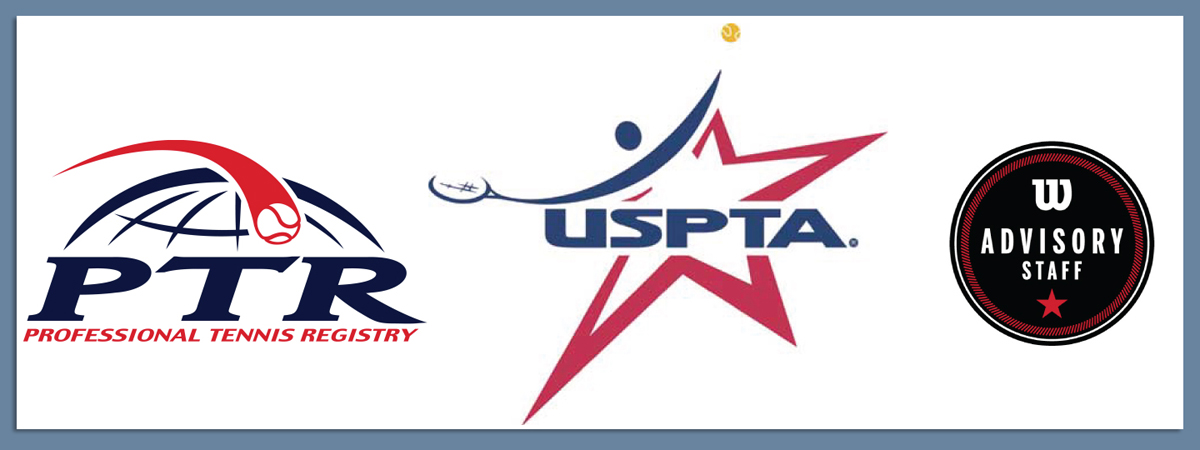Underspin Slice Shot
There are 3 main types of underspin shots, each one referring to the depth of the shot. The greatest element of this shot is the disguise factor. To have a shot that you can hit at different depths will also give you many options to defend, neutralize, and attack your opponent.
- The DROP SHOT is a ball that bounces CLOSE TO THE NET. The contact point should brush the bottom of the ball securing a soft short bounce.
- The CHIP SHOT is a ball that bounces AROUND THE SERVICE LINE. Contacting the ball at the equator with a downward slice through the contact zone forces the ball to stay at a low trajectory.
- The SLICE SHOT is a ball that bounces NEAR THE BASELINE. It can be hit as a drive deep and hard or a slow floater. Finish through the ball or with a slight lifting for a softer feel.
REASONS TO USE UNDERSPIN/SLICE:
- DISGUISE: Because the racket head starts from the same basic position it’s tough for your opponent to READ/ANTICIPATE YOUR SHOT.
- DEFENSE: You can buy time with a SLOW FLOATING slice ball that lands deep in the court and change the pace of a rally. This stroke requires little racket preparation and easy to recover time.
- OFFENSE: The opportunity to easily pick the ball AT THE APEX opens up the court for more angles and gives your opponent less time to react to your shot.
- CHANGE OF RHYTHM: The DROP SHOT will force your opponent to transition from the baseline. The CHIP SHOT will force your opponent to hit a low return and a quick 2nd bounce. The deep SLICE can make the ball bounce lower and faster and make them adjust their timing.
- APPROACH SHOT: A lower SHORTER ANGLED underspin ball makes it difficult to hit a passing shot because most players pass better moving laterally than diagonally. The toughest approach shot is the deep SLICE THAT FORCES YOUR OPPONENT BACK.
- RETURN OF SERVE: The underspin will help from OVER HITTING A SLOW SERVE and the short backswing makes it easier to return a fast ball.

